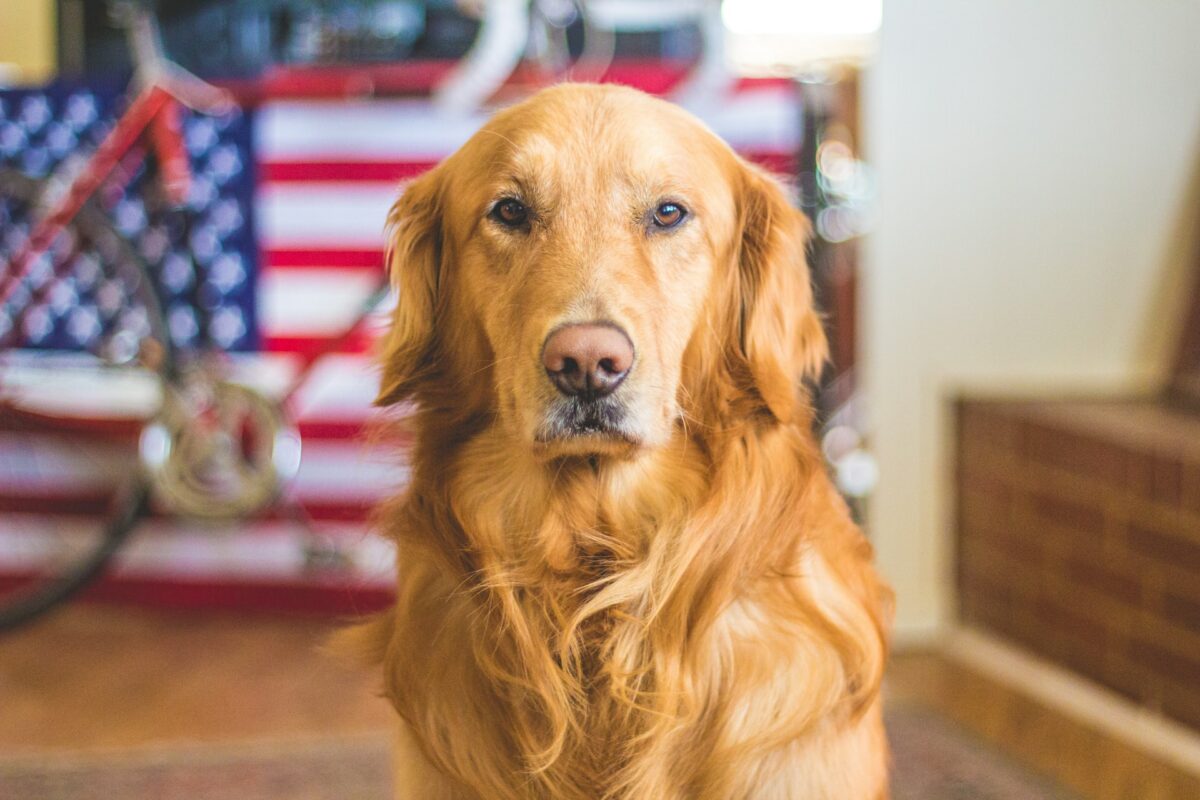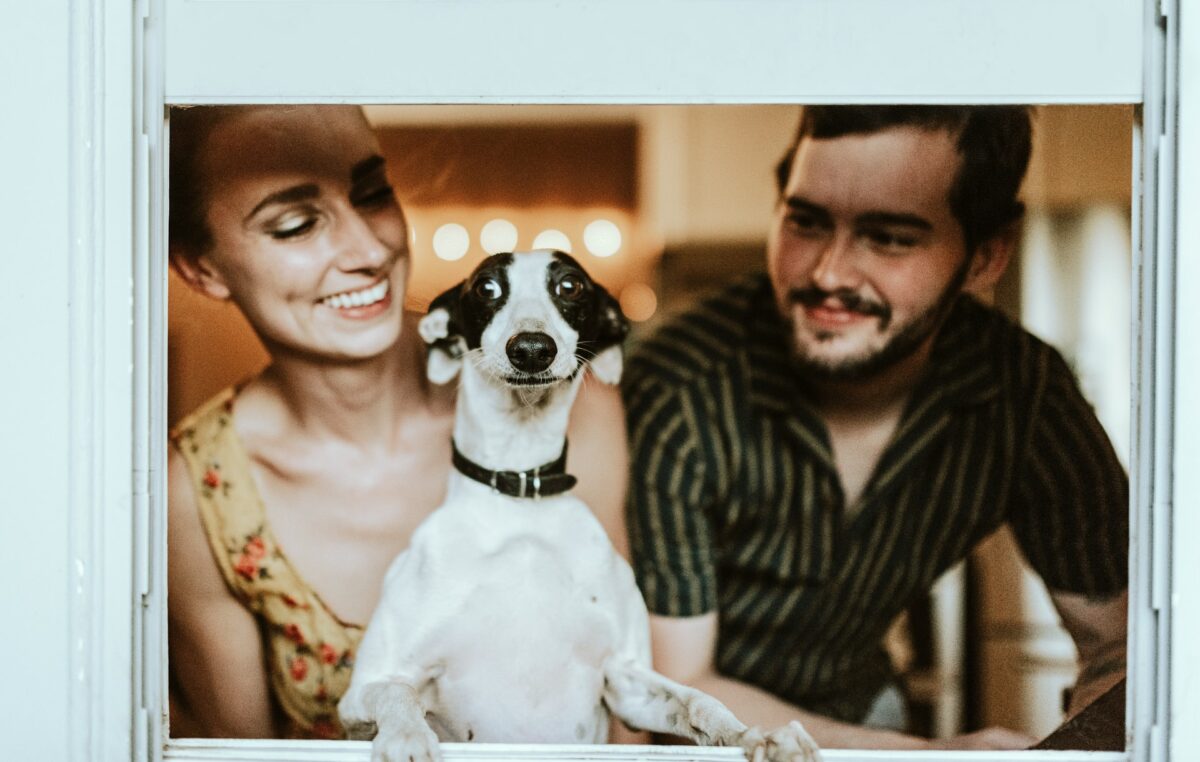As a pet owner, it’s important to be aware of the many risks that your dog faces on a daily basis. While you may take steps to protect them from dangers like cars and other animals, you may not be as aware of the threat that parasites pose.
External parasites are tiny creatures that live on the surface of your dog’s skin and hair. While they’re generally more of a nuisance than a health risk, some types of external parasites can transmit diseases to your dog or cause irritation and discomfort.
There are several steps you can take to protect your dog from external parasites. Regular grooming is an important part of keeping your dog healthy and free of parasites, and there are also various products available that can help to repel or kill parasites.
If you’re concerned about external parasites, talk to your veterinarian. They can help you to identify any parasites your dog may have and recommend the best course of treatment.
Steps You Can Take to Protect Your Dog
One of the best ways to protect your dog from external parasites is to groom them regularly. This will help to remove any parasites that are already on your dog’s skin and hair, and it will also make it more difficult for new parasites to take up residence.
Brushing your dog’s fur on a daily basis is a good way to keep their coat healthy and free of debris, and it will also give you a chance to check for any signs of parasites. If you notice anything unusual, such as excessive scratching, bald patches, or skin irritation, take your dog to the vet for a check-up.
In addition to regular grooming, there are also various products available that can help to protect your dog from external parasites. These include topical treatments that can be applied to your dog’s skin and oral medications that can be given on a monthly basis.
Topical treatments usually come in the form of spot-on products that are applied to the back of your dog’s neck. They work by releasing a small amount of insecticide onto your dog’s skin, which then spreads over their body and provides protection from parasites.
Oral medications are usually given once a month and work by killing any parasites that may be present in your dog’s system. These products are usually available from your vet or pet store, and it’s important to follow the instructions carefully to avoid giving your dog too much medication.
Dangers of Not Protecting Your Dog From External Parasites
While external parasites are generally more of a nuisance than a health risk, there are some dangers that you should be aware of.
Some types of external parasites can transmit diseases to your dog. The most common is Lyme disease, which is caused by ticks. Lyme disease can cause a range of symptoms, including fever, joint pain, and fatigue. If left untreated, it can lead to serious health problems.
External parasites can also cause irritation and discomfort for your dog. This is usually the result of bites from fleas or mites, and it can lead to excessive scratching and hair loss. In severe cases, parasites can also cause anemia due to blood loss.
If you suspect that your dog has any type of parasite, it’s important to take them to the vet for a check-up. They will be able to diagnose the problem and recommend the best course of treatment.
Preventing Your Dog From Getting External Parasites
The best way to protect your dog from external parasites is to prevent them from getting them in the first place. There are a few simple steps you can take to reduce the risk of your dog picking up parasites:
– Keep your yard clean and free of debris. This will make it less attractive to fleas, ticks, and other parasites.
– Treat your home for fleas and ticks on a regular basis. This will help to reduce the risk of your dog coming into contact with these pests.
– Check your dog for parasites after they’ve been outside. This is especially important if they’ve been running through tall grass or woods, as these are prime habitats for ticks.
– Take your dog to the vet for regular check-ups. This will help to identify any problems early and give you the opportunity to treat them before they become serious.
Following these simple steps, you can help to protect your dog from external parasites and keep them healthy and happy. Stay safe!
Photo by Caleb Fisher on Unsplash

